Johannesburg - South Africa - 2008
I had a 6am flight from Melbourne to Perth.
With some other passengers I caught a taxi to the International terminal.
It was then an 11 hour flight to Johannesburg.

An excited traveller on the South African Airways A340 jet.
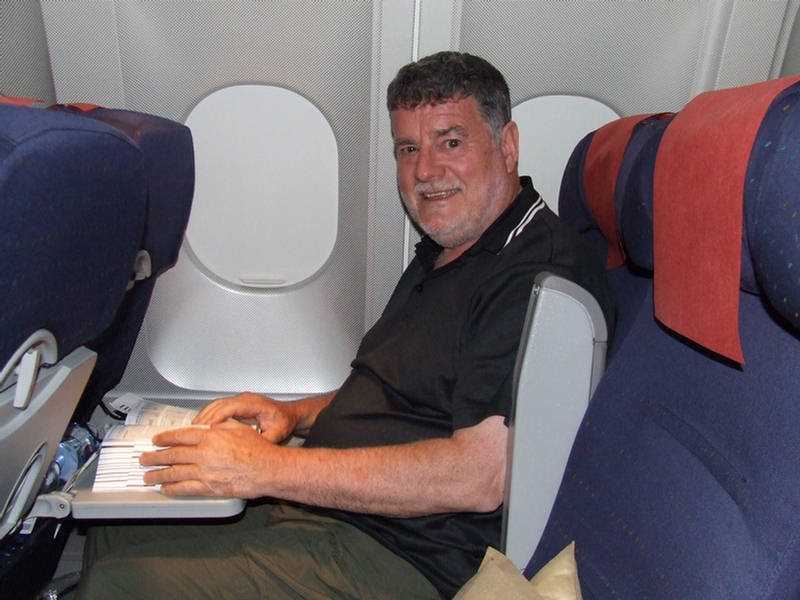
Ben met me at the airport and drove me to his apartment in the Johannesburg suburb of Sandton

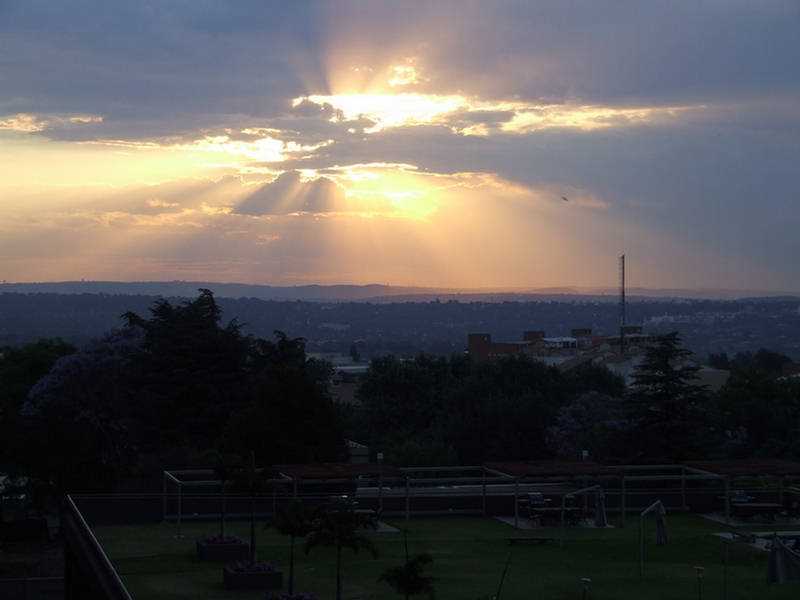
On my first full day in Johannesburg I went on a day tour to Soweto and the Apartheid Museum.
After the Afrikaner-dominated National Party gained power in 1948 and began to implement apartheid,
the pace of forced removals and the creation of townships outside legally-designated white areas increased.
In 1963, the name Soweto (SOuth WEstern TOwnship) was officially adopted for
the sprawling township near Johannesburg.
Soweto came to the world's attention on June 16, 1976 with the Soweto Uprising, when mass protests
erupted over the government's policy to enforce education in Afrikaans rather than English.
Police opened fire on 10,000 students marching from Naledi High School to Orlando Stadium,
and in the events that unfolded, 566 people died.
The impact of the Soweto protests reverberated through the country and across the world.
In their aftermath, economic and cultural sanctions were introduced from abroad.
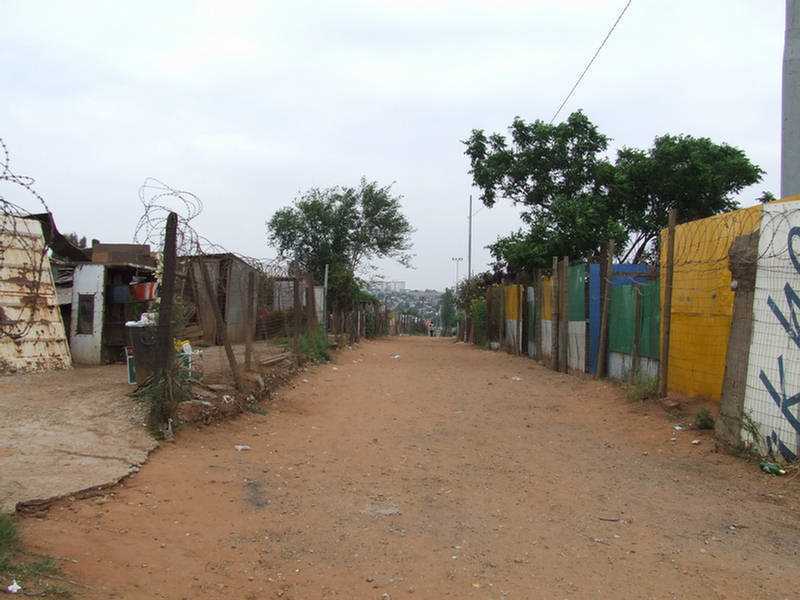
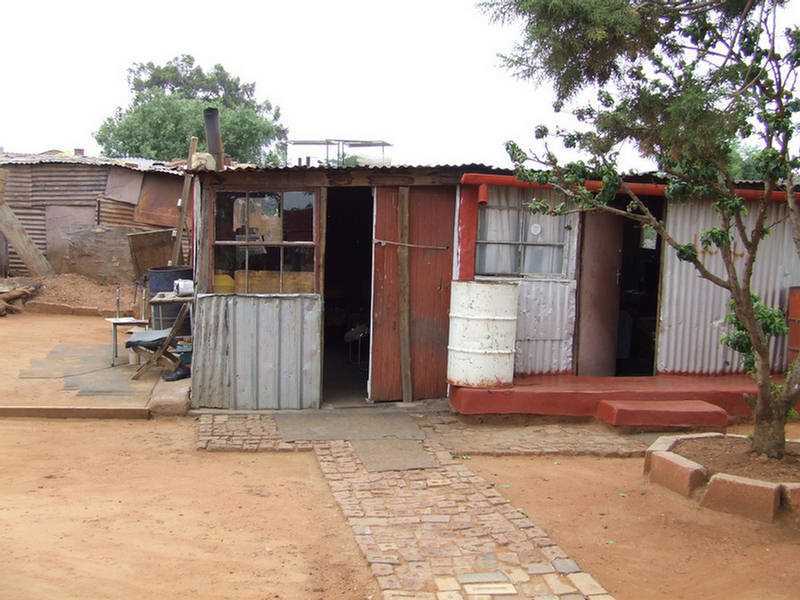

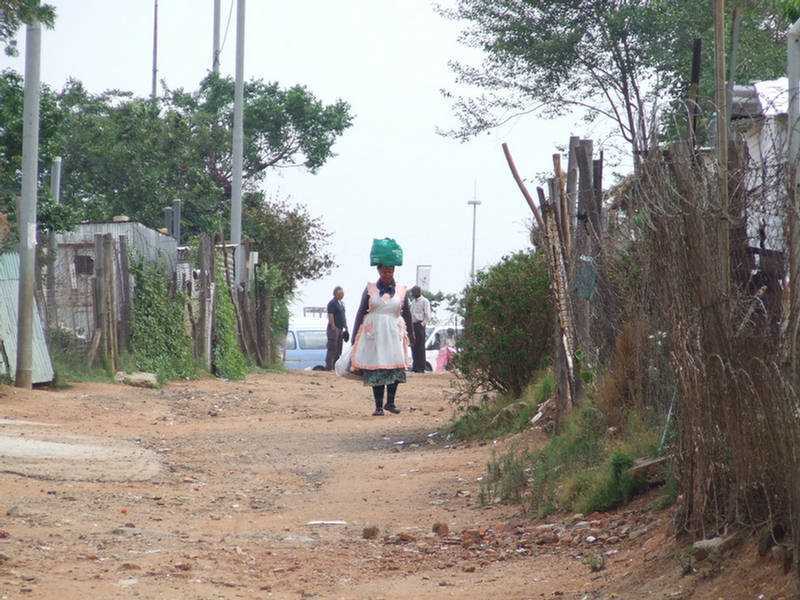


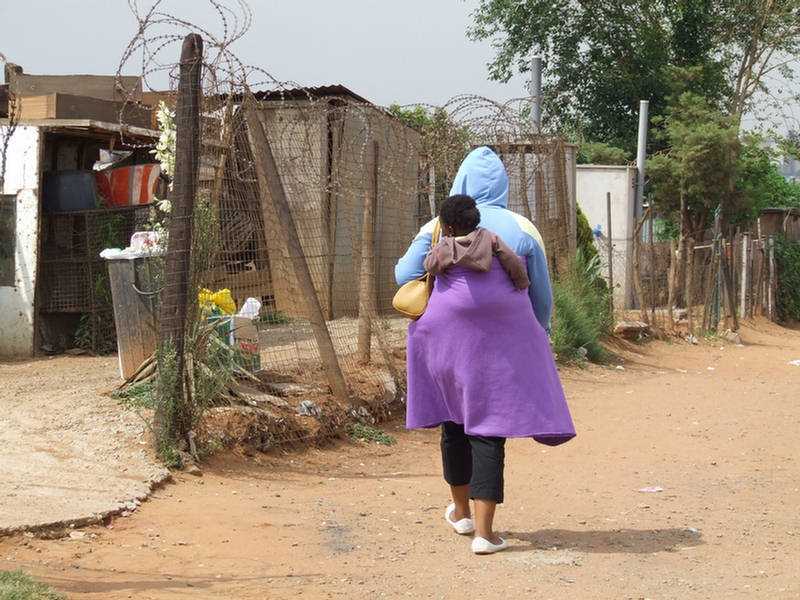
We had a look inside a kindergarten where the children were singing English songs

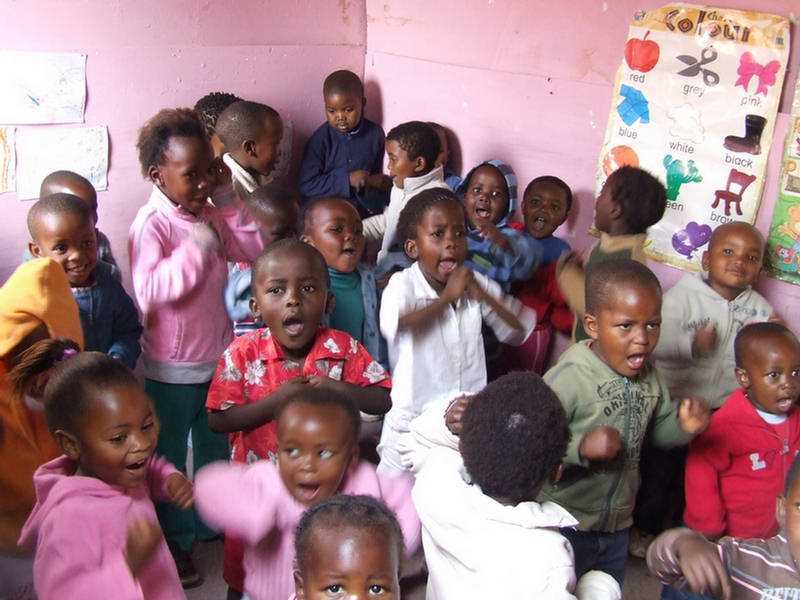
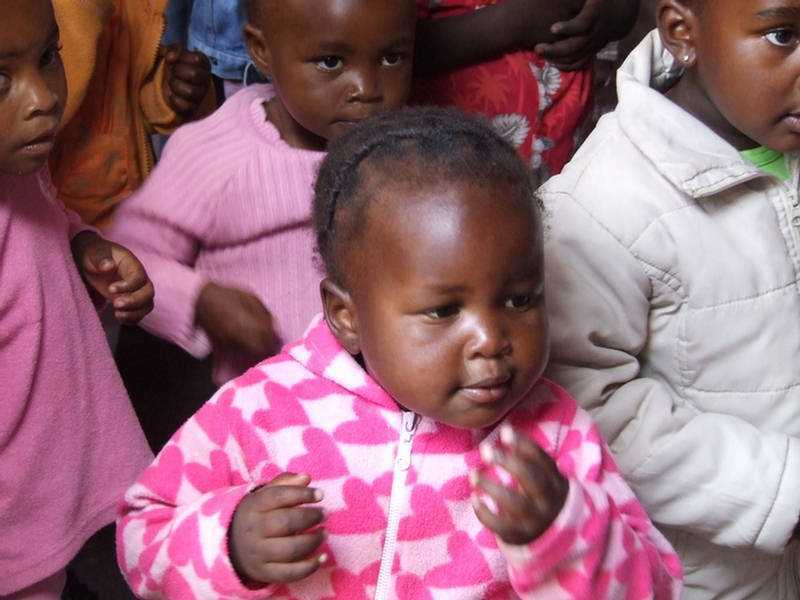
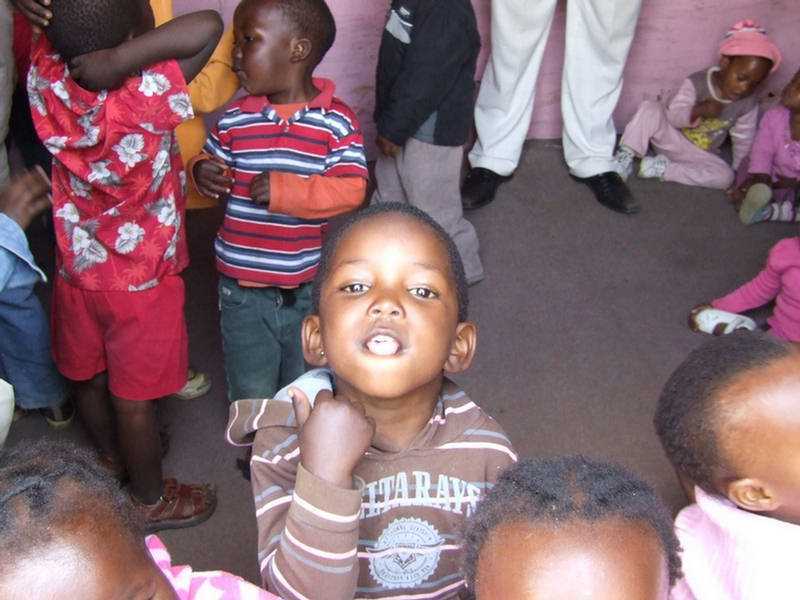
Freedom Square is located in Kliptown on the outskirts of Soweto.
It is the historic site where the Congress of the People was held in 1955.
After a mass campaign by the ANC and its allies, a meeting of almost
3000 delegates met to agree on the final draft of the Freedom Charter
which was adopted on 26 June 1955.


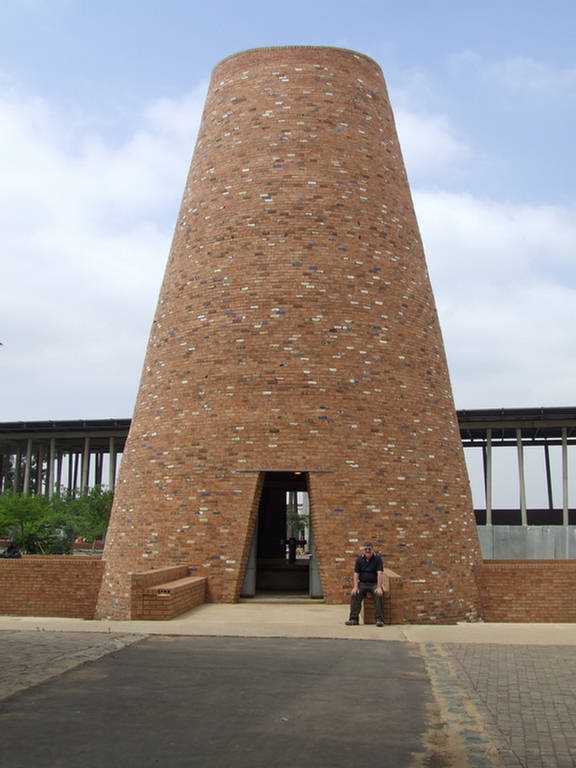
Regina Mundi Catholic Church
When protesting students were fired at by police on their way to Orlando Stadium on June 16 1976,
and Hector Pieterson and many others were killed, the students fled for sanctuary to Regina Mundi.
With buckets of water at the ready, they managed to douse the teargas canisters
thrown into the church by police.
But then police stormed the church, firing live ammunition.
Although no one was killed, many were injured and the church's sacred symbols were damaged.
The broken marble alter, the bullet holes in the ceilings and the damaged figure of Christ all bear
testimony to the terrible lack of restraint shown by police that day.

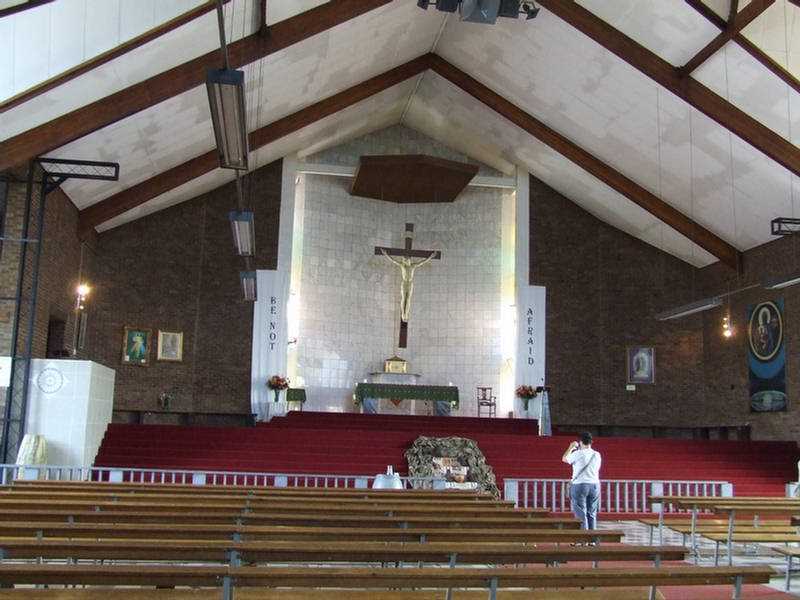
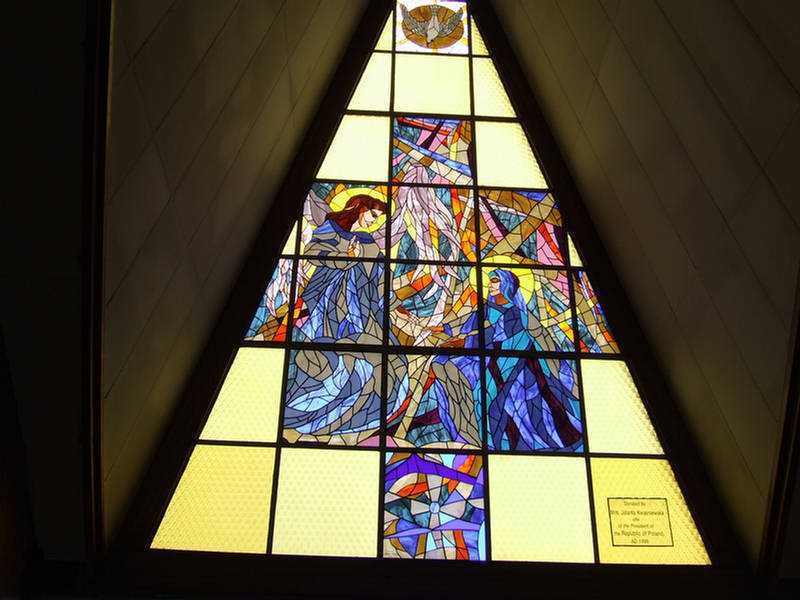
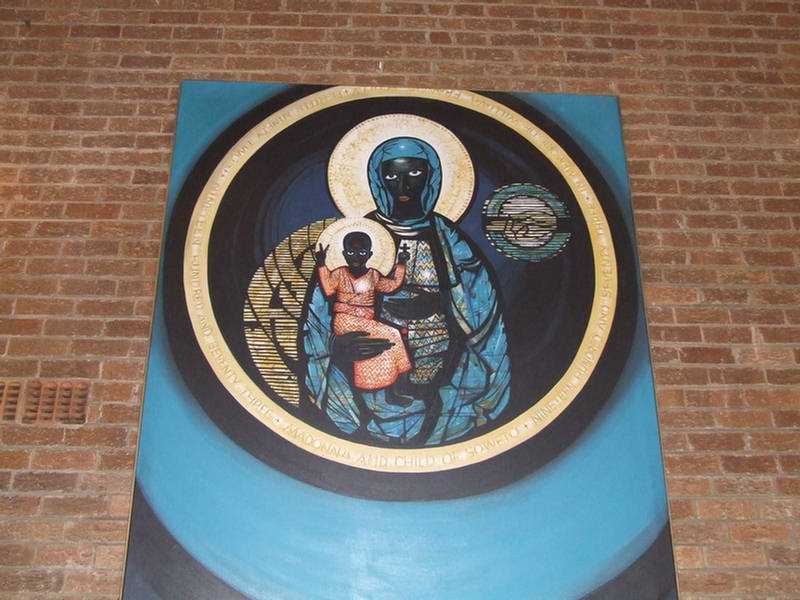
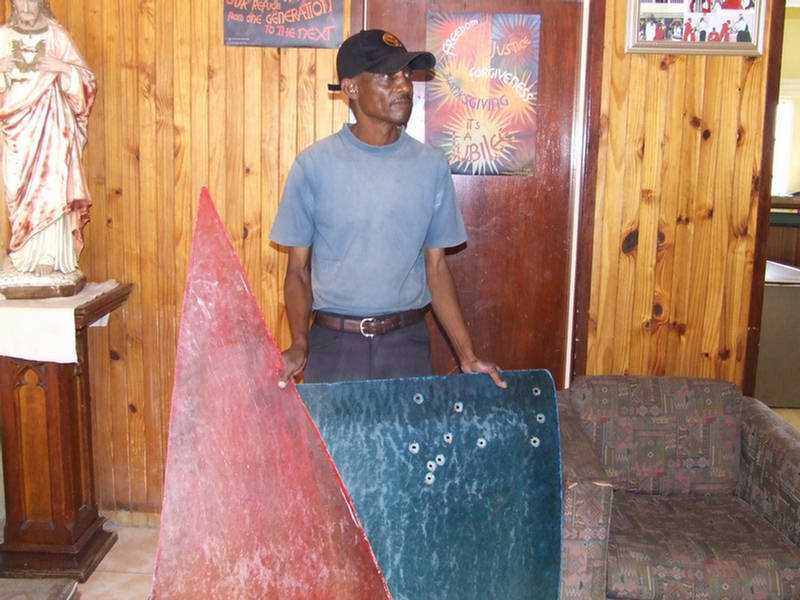

There are fine modern homes in some areas of Soweto.
This is Winnie Mandell's home.

Hector Pieterson Memorial
Hector Pieterson, age 13, was one the first students to be killed during the 1976 Student Uprising in Soweto.
He has since become a symbol of youth resistance to apartheid.
This uprising started on 16 June as a peaceful protest march organized by school students in Soweto.
One of the main grievances was the introduction of Afrikaans, regarded as the language of the oppressor,
as a medium of instruction in all African schools.
The photograph of a young man, Mbuyiswa, carrying the critically injured Hector Pieterson in his arms,
captured the attention of people throughout the world and highlighted the injustices of apartheid.

Apartheid Museum
There was a very comprehensive display of both the history of South Africa
and the Apartheid era at this museum.
This is a police armoured vehicle, nicknamed a "casspir", which was used during the Apartheid era
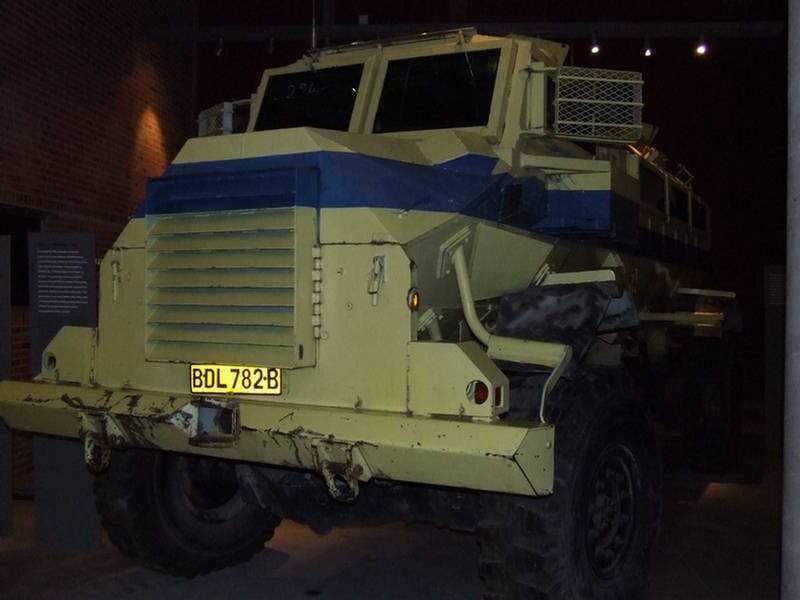
After another day in Johannesburg, I flew to Nairobi in Kenya for the start of my 46-day IntrepidTravel camping-truck tour of East Africa.
This tour finished back in Johannesburg.
After visiting the Rhino and Lion Nature Reserve and The Bird Park, Ben and Crystal took me to dinner
at Carnivore Restaurant to finish off a fantastic day.
We had Kudu (slices, sausages and meatballs), Ostrich, Springbok, Impala and Buffalo
as well as Beef, Pork, Lamb and Chicken.
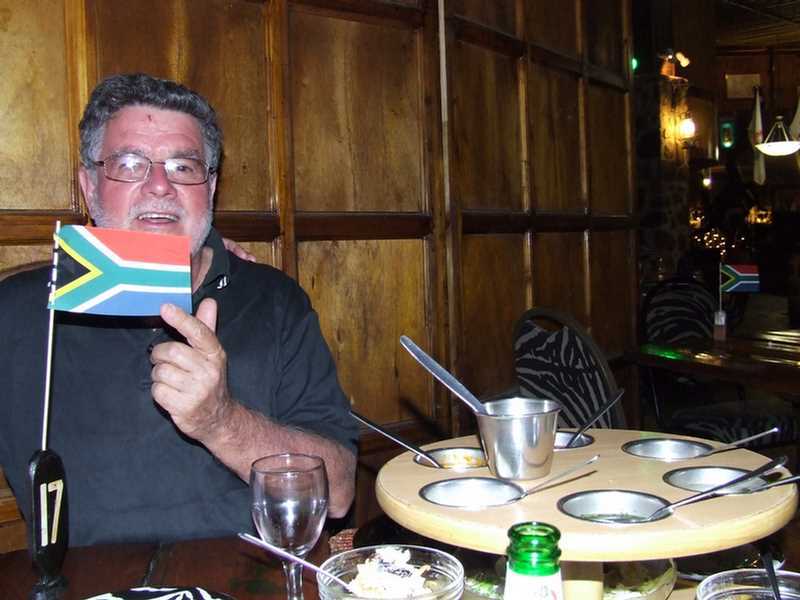
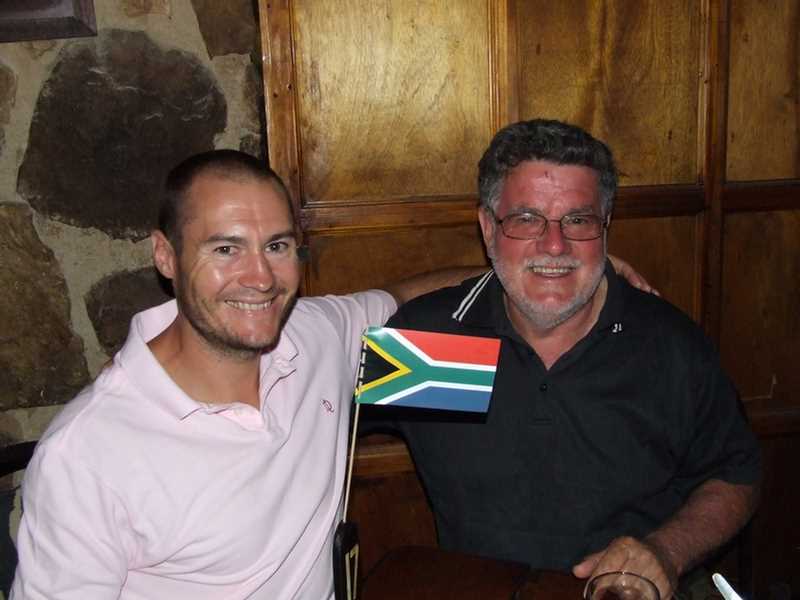

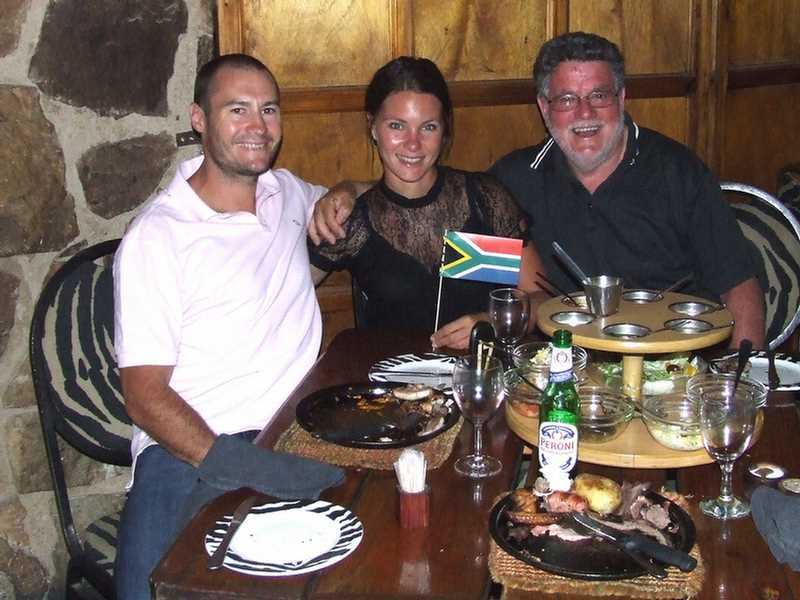
And so the end of a great 52 days and 7 countries in Africa.
I flew back to Perth.
I had a 6am flight from Melbourne to Perth.
With some other passengers I caught a taxi to the International terminal.
It was then an 11 hour flight to Johannesburg.

An excited traveller on the South African Airways A340 jet.

Ben met me at the airport and drove me to his apartment in the Johannesburg suburb of Sandton


On my first full day in Johannesburg I went on a day tour to Soweto and the Apartheid Museum.
After the Afrikaner-dominated National Party gained power in 1948 and began to implement apartheid,
the pace of forced removals and the creation of townships outside legally-designated white areas increased.
In 1963, the name Soweto (SOuth WEstern TOwnship) was officially adopted for
the sprawling township near Johannesburg.
Soweto came to the world's attention on June 16, 1976 with the Soweto Uprising, when mass protests
erupted over the government's policy to enforce education in Afrikaans rather than English.
Police opened fire on 10,000 students marching from Naledi High School to Orlando Stadium,
and in the events that unfolded, 566 people died.
The impact of the Soweto protests reverberated through the country and across the world.
In their aftermath, economic and cultural sanctions were introduced from abroad.







We had a look inside a kindergarten where the children were singing English songs




Freedom Square is located in Kliptown on the outskirts of Soweto.
It is the historic site where the Congress of the People was held in 1955.
After a mass campaign by the ANC and its allies, a meeting of almost
3000 delegates met to agree on the final draft of the Freedom Charter
which was adopted on 26 June 1955.



Regina Mundi Catholic Church
When protesting students were fired at by police on their way to Orlando Stadium on June 16 1976,
and Hector Pieterson and many others were killed, the students fled for sanctuary to Regina Mundi.
With buckets of water at the ready, they managed to douse the teargas canisters
thrown into the church by police.
But then police stormed the church, firing live ammunition.
Although no one was killed, many were injured and the church's sacred symbols were damaged.
The broken marble alter, the bullet holes in the ceilings and the damaged figure of Christ all bear
testimony to the terrible lack of restraint shown by police that day.






There are fine modern homes in some areas of Soweto.
This is Winnie Mandell's home.

Hector Pieterson Memorial
Hector Pieterson, age 13, was one the first students to be killed during the 1976 Student Uprising in Soweto.
He has since become a symbol of youth resistance to apartheid.
This uprising started on 16 June as a peaceful protest march organized by school students in Soweto.
One of the main grievances was the introduction of Afrikaans, regarded as the language of the oppressor,
as a medium of instruction in all African schools.
The photograph of a young man, Mbuyiswa, carrying the critically injured Hector Pieterson in his arms,
captured the attention of people throughout the world and highlighted the injustices of apartheid.

Apartheid Museum
There was a very comprehensive display of both the history of South Africa
and the Apartheid era at this museum.
This is a police armoured vehicle, nicknamed a "casspir", which was used during the Apartheid era

After another day in Johannesburg, I flew to Nairobi in Kenya for the start of my 46-day IntrepidTravel camping-truck tour of East Africa.
This tour finished back in Johannesburg.
After visiting the Rhino and Lion Nature Reserve and The Bird Park, Ben and Crystal took me to dinner
at Carnivore Restaurant to finish off a fantastic day.
We had Kudu (slices, sausages and meatballs), Ostrich, Springbok, Impala and Buffalo
as well as Beef, Pork, Lamb and Chicken.




And so the end of a great 52 days and 7 countries in Africa.
I flew back to Perth.